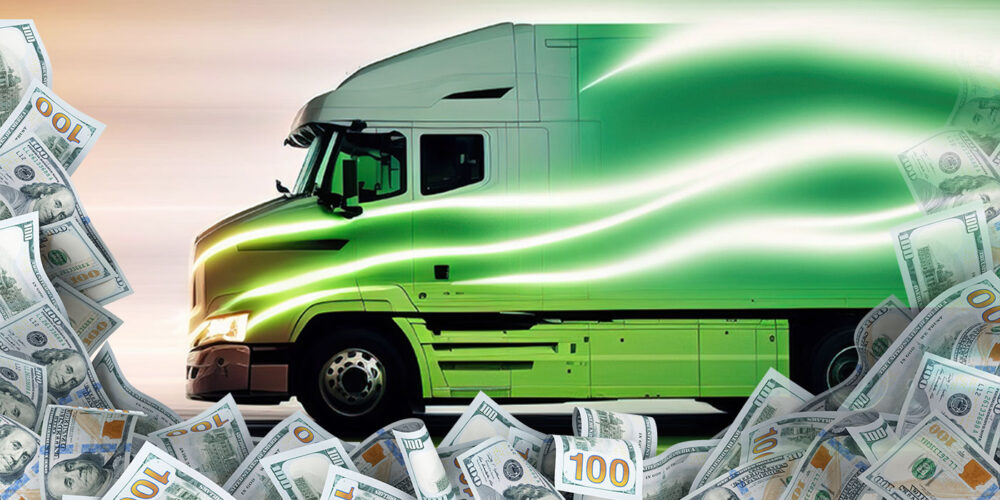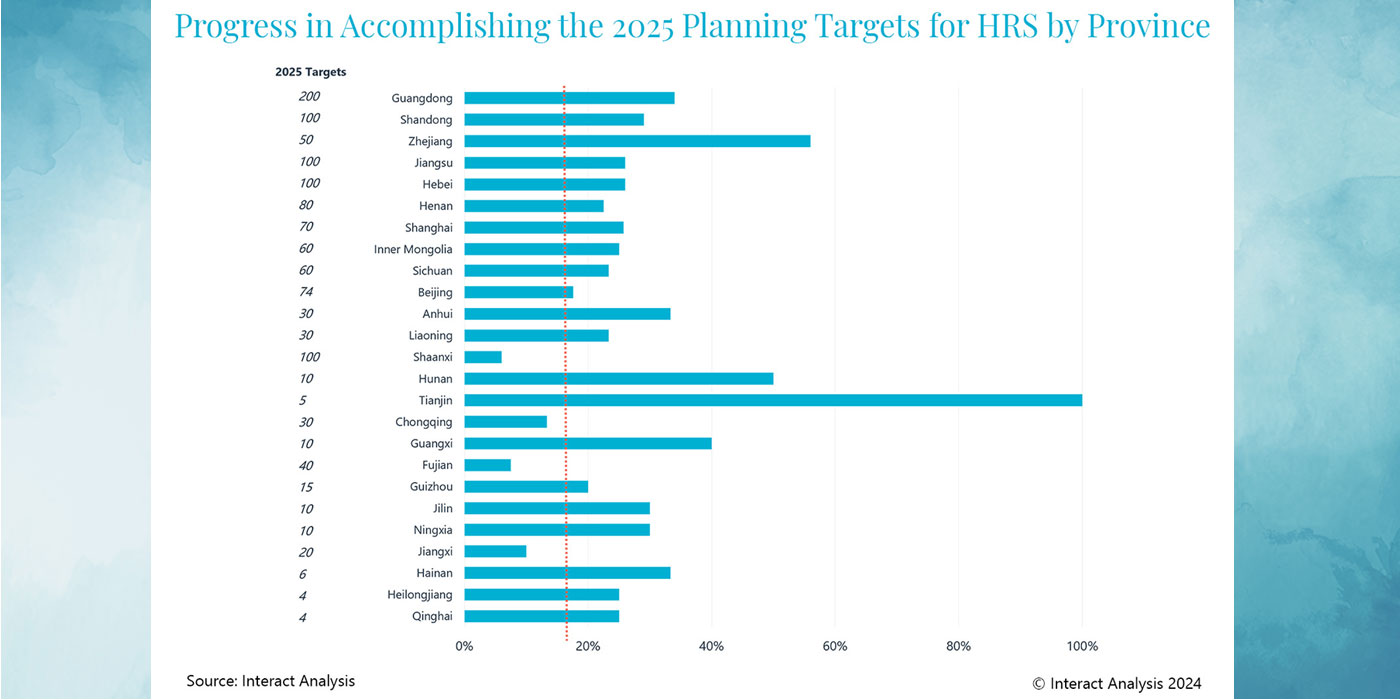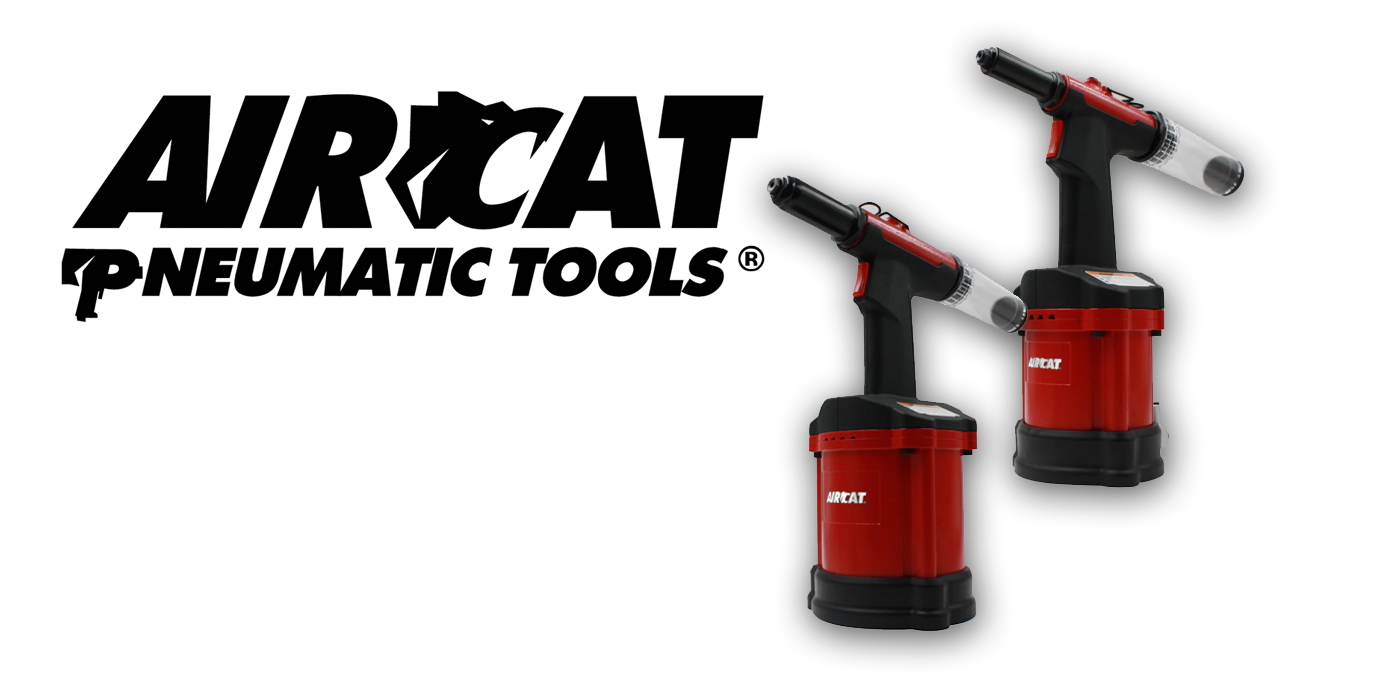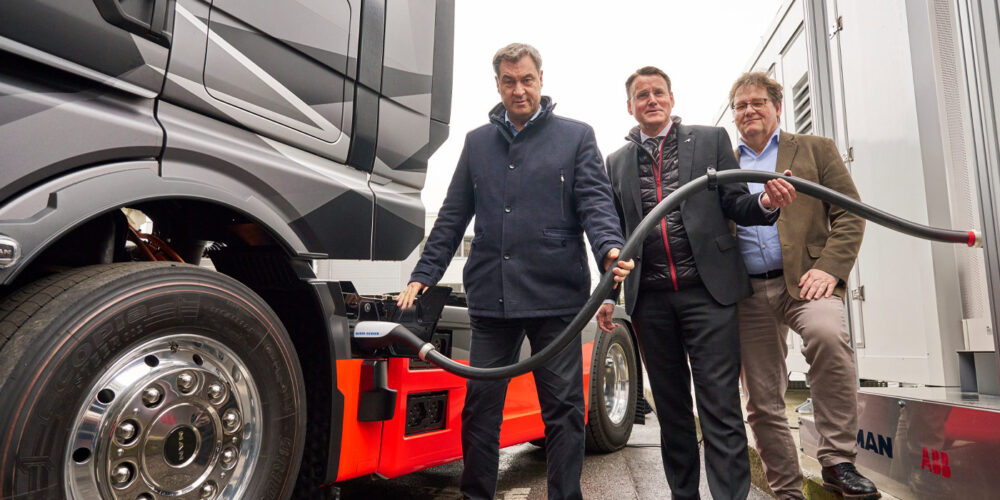According to the International Energy Agency (IEA), electric medium- and heavy-duty trucks represented less than 0.3% of the total number of registrations for medium- and heavy-duty vehicles worldwide. What’s holding U.S. business owners back from electrifying their fleets?
Now is the perfect time to begin the process of electric vehicle (EV) conversion. In fact, to help promote the transition to vehicle electrification, there are many funding programs available to a wide variety of fleet owners and managers looking to install EV chargers and expand EV charging access. Depending on where the project is being built, these funding programs are available at federal, state and local/utility levels in the form of rebates, tax credits or even grants to help fund EV projects and meet charging needs. These programs can help lower the overall costs of charging stations to make the transition to EVs more feasible and equitable.
As an energy policy specialist, my job at EnTech Solutions is to assist companies in their electrification journey by proactively tracking EV charging grants and incentives to maximize financial savings. Based on project location and individual energy needs, EnTech Solutions finds grants and programs that match a client’s electrification goals and upcoming projects to get the most funding possible. We even help clients through the application process and alert clients if new funding opportunities arise. Here are some popular tax credits and grants that have been helping our clients recover costs while incorporating EVs and charging infrastructure into their fleets.
National Electric Vehicle Infrastructure Formula Program (NEVI)
As the U.S. looks to expand its charging network by adding 500,000 new chargers by 2030, the 2021 Bipartisan Infrastructure Bill is allocating a total of $5 billion to states over the next five years through the Department of Transportation (DOT). The National Electric Vehicle Infrastructure (NEVI) program was created to help strategically deploy a robust charging infrastructure, particularly along the Interstate System. Each state must develop its own plan for how its share of the funds will be distributed and many are choosing to offer competitive grant programs that need applicants. Interested businesses can check in with a state’s NEVI program administrator for eligibility and general program updates.
30C Alternative Fuel Infrastructure Tax Credit
This tax credit, available through the IRS and extended by the Inflation Reduction Act (IRA), can be used to purchase and install an EV charging solution between Jan. 1, 2023, and Dec. 31, 2032. Businesses that meet the qualifications may be eligible to receive a 30% tax credit up to $100,000 under the 30C Alternative Fuel Infrastructure Tax Credit for each charger installed.
Commercial Electric Vehicle and Fuel Cell Electric Vehicle (FCEV) Tax Credit
There are also incentives created specifically for commercial EVs. Businesses may qualify for a federal Commercial EV and Fuel Cell Electric Vehicle (FCEV) Tax Credit. Beginning this past Jan. 1, a tax credit is available to businesses for the purchase of new EVs and FCEVs. Vehicles must have a gross vehicle weight rating (GVWR) below 14,000 lbs. to qualify.
State grant exploration programs
States are still trying to navigate the NEVI program and businesses interested in electrification should contact their state Department of Transportation (DOT) to see what actions their state may be taking on grant programs. For example, the Kansas DOT opened a Request for Information (RFI) to learn from potential applicants what they would want in a future EV-conversion grant. Currently, any organization that would be impacted can reach out to the Kansas DOT and make suggestions on future program features and requirements.
State-offered tax credits or exemptions on alternative fueling and EVs
Some states offer tax credits or exemptions on alternative fueling equipment. For example:
- New York offers an Alternative Fuels and Electric Vehicle Recharging Property Credit, in which businesses can earn a tax credit for eligible charging equipment up to $5,000 per charger.
- Oklahoma offers a similar credit for publicly accessible EV chargers that can provide an income tax credit of up to 45% of total project costs for EV charging stations installed through 2027.
- The state of Washington has a state sales tax exemption on the sale and related labor costs of qualified EV charging stations.
- If the project site will be located in California, businesses can take advantage of the Hybrid and Zero-Emission Truck and Bus Voucher Incentive Project, which provides point-of-sale vouchers to make purchasing EVs more affordable.
- Some states are also offering additional incentives if a charging site is located in low-income or rural areas. For example, the Colorado Direct-Current Fast Charging Program can provide $140,000 per charging port for applicants located in rural areas within Colorado, with an additional $5,000 per charger available if those sites are also in a disproportionately impacted/disadvantaged community.
Volkswagen Mitigation Trust
Another major funding program is the Volkswagen (VW) Mitigation Trust, which arose as a result of a lawsuit against Volkswagen after the car manufacturer violated the Clean Air Act. As part of the settlement with Volkswagen, a $2.9 billion trust fund was created for each of the states where offending Volkswagen vehicles were sold. The funds are to be allocated to develop projects that offset air pollution caused by automobiles. Each state was given freedom in how it designed its plans to distribute those funds.
California, for example, is using its share to provide incentives for a wide variety of emission-reducing projects, including EV charging infrastructure as well as electrifying trucks and buses (California Air Resources Board). Massachusetts currently has two programs available that are funded by the VW Mitigation Trust. One is available for private or public entities looking to install chargers that will be available for public use, while the other is geared toward workplace and fleet charging at places of business. View more information about each state’s VW Mitigation plan, as well as any current funding requests on the website.
Utility company incentives
Another place to look for EV incentive programs is to check with local utility providers, which might offer enrollment in a rebate program. Currently, San Diego Gas & Electric offers the Power Your Drive for Fleets program, designed specifically for medium and heavy-duty fleets. Enrolled participants can receive incentives designed to decrease costs associated with the service upgrades needed to power charging stations. These types of upgrades can sometimes cost up to $25,000, so this program can provide massive savings to fleets. EV charging station rebates are available for certain fleets as well.
In addition, several utility companies offer EV-specific rate tariffs. However, businesses should ask before they enroll to see if rates are lowered for using energy during off-peak times. It is common to offer lower electricity rates at certain time periods.
Stacking incentives
As businesses look to pursue grants and incentives for their projects, there are a couple of things to keep in mind. While federal programs typically do not allow for the stacking or layering of other federal grants, many state-level incentives can be combined, and utility programs can also be layered to maximize savings. With careful research into all the available options, businesses may find they can significantly reduce the cost of electric vehicle conversion by taking advantage of these incentives.
Compliance and tracking
Another common requirement that comes with an award is the responsibility of tracking and reporting progress from when the dollars are granted to when project construction is finalized. Businesses may even need to conduct compliance reporting for up to five years after the project is complete. Fortunately, resources are available to help businesses understand what they need to do to meet these requirements and ensure the successful implementation of their projects.
Act now
In this case, timing is everything. Take advantage of the explosion of funding available to support electric vehicle adoption and conversion. By using available grants and tax credits, businesses can begin electrifying their fleets and simultaneously save energy and recover costs.













